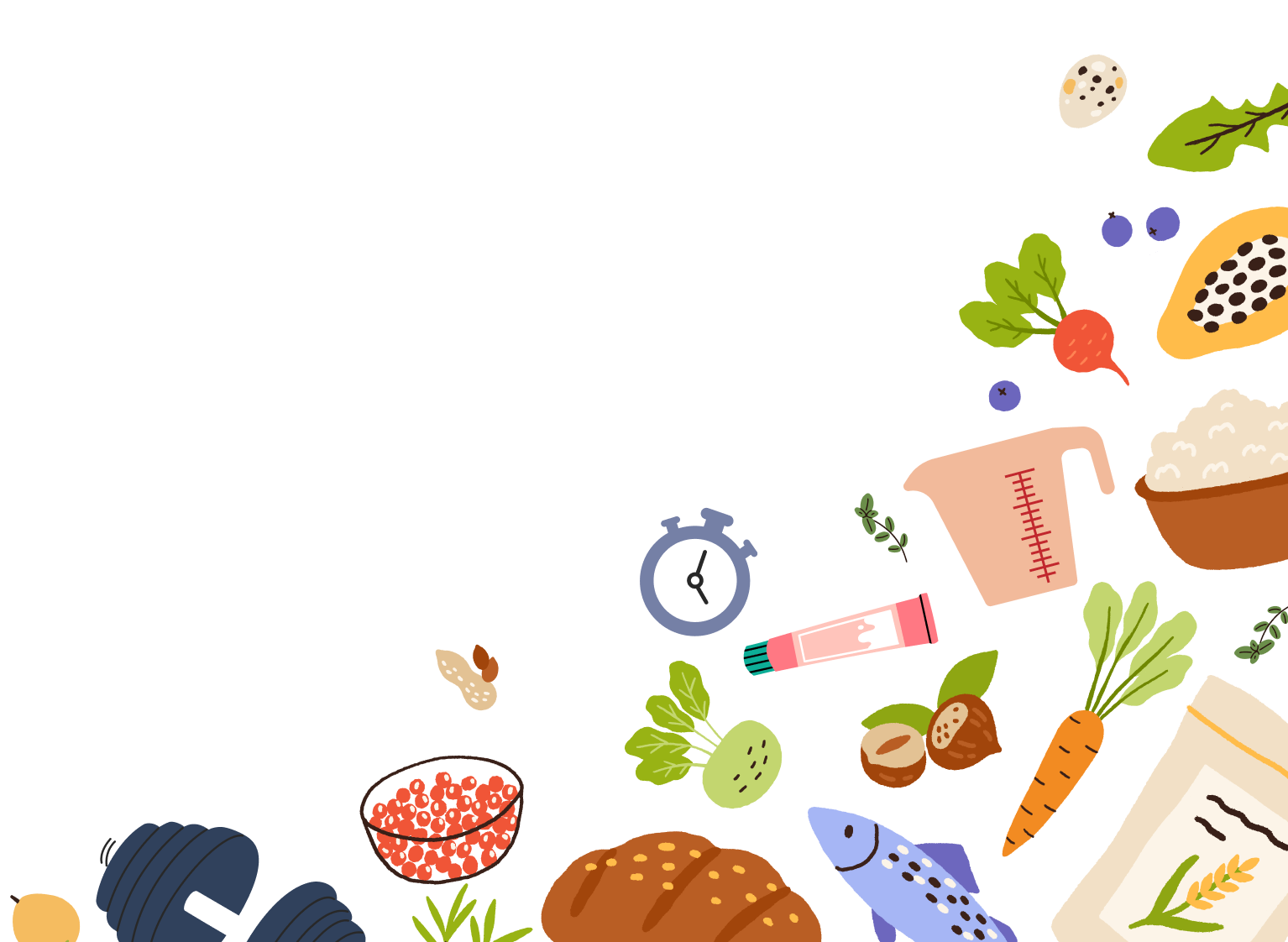Interstitial Cystitis (IC) is sometimes called painful bladder syndrome.
The symptoms of IC are often mistaken for a urinary tract infection and can include bladder, pelvic, buttock pain or pressure and a frequent urge to urinate.
Females often have tenderness around the vagina and males may have tenderness in the scrotum and penis and both sexes may experience pain during or after sex. Because these symptoms mimic other conditions it is common for people to be misdiagnosed initially, or not receive the correct diagnosis for years.
The exact cause of IC is not known. IC is a chronic condition which is not life threatening and does not lead to increased risk of other diseases like bladder cancer. However, the symptoms of IC may be difficult to control, can be severe, and significantly impact someone’s quality of life, even leading to disability.
The diagnosis process may include keeping a symptom diary, lab tests, a potassium sensitivity test (during which a potassium solution is placed in the bladder and pain levels are evaluated), or a cystoscopy (a procedure that allows your provider to visualize the lining of the bladder and the tube that carries urine) and possibly biopsy of the inside of the bladder wall. This biopsy is looking at the lining of the bladder and for the presence of “Hunner’s lesions” (or Hunner’s ulcers) which are unique appearing areas of inflammation on the bladder wall and can help with diagnosis. Although only about 5-10% of people with IC are found to have Hunner’s lesions, the presence or absence of these lesions can differentiate between having ulcerative or nonulcerative IC.
IC affects females at greater rates than males and affects all racial and ethnic backgrounds. Approximately 12% of women may have IC. Treatment may include medications, physical therapy, biofeedback, placement of medication into the bladder, and implanted medical devices.
Another important aspect of treatment may be dietary modification.
Everyone’s body reacts to food and beverages differently and there is not one diet modification that works for everyone. Therefore, a diet that excludes items that can cause worsening symptoms is recommended. Individual items can be added back slowly. An elimination diet is the first step in determining what foods may be affecting symptoms. There are common foods and beverages that are known to cause a flare of IC symptoms.
During the first part of the elimination diet, you must stop ingesting these items completely with no exceptions. For elimination diets to be effective the food or beverage intake must be stopped long enough for the body to repair or recover from the previous intake. For this reason, the elimination phase is recommended to be four to six weeks to allow the bladder lining time to recover.
After this time food and beverage may be added back, a single item at a time. First add the item back in a small amount, think a bite or sip or the item. On the second day, if you experienced no symptoms, consume about a fourth to a half of your normal portion. On the third day, if you again experienced no symptoms, try a regular portion size. Continue this for a week before adding back another food or beverage. If you experience symptoms then record the severity of your symptoms, exactly what they were, and when they occurred in relation to when you added back a possible trigger food or beverage.
Since other things like stress and activities can affect an IC symptom flare you can retest the potential trigger item again in the future using the same method again after the symptoms have again stopped. The elimination diet needs to be used in conjunction with a food diary. You can find downloadable food diaries or create your own. You should include the date and time you ate or drank. Also include what exactly you ingested along with information about the amount, how it was prepared, any seasonings and ingredients used, and condiments eaten with the food. Include a summary of activities or stress level for each day.
When an item is identified as a trigger for an IC symptom flare then it can be eliminated from someone’s diet completely if they like, alternatives can be investigated, or flares can be planned for in advance if someone decides to partake.
Some foods and beverages are typically more troublesome than others and include coffee, tea, sodas, alcohol, tomatoes, spicy food, chocolate, caffeine, citrus fruits and juices, MSG, artificial sweeteners, soy, and smoked meats. Some individuals find preservative heavy or cured meats also may trigger an IC flare. And some individuals may tolerate a small amount of a food or beverage, but a larger amount causes a flare.
There are also items that are typically less problematic in causing IC flares and these include most dairy items, herbal teas (e.g. chamomile, peppermint), melons, most vegetables (other than tomatoes), meats that are not cured, smoked or heavily processed; oats, rice, popcorn, garlic, and olive oil. An important thing to remember is that staying hydrated is important for IC bladder health and water is the best liquid to do this with.
These organizations provide information and support for those with IC:
Interstitial Cystitis Association https://www.ichelp.org/
Interstitial Cystitis Network https://www.ic-network.com/




















Comments
Join The Conversation...